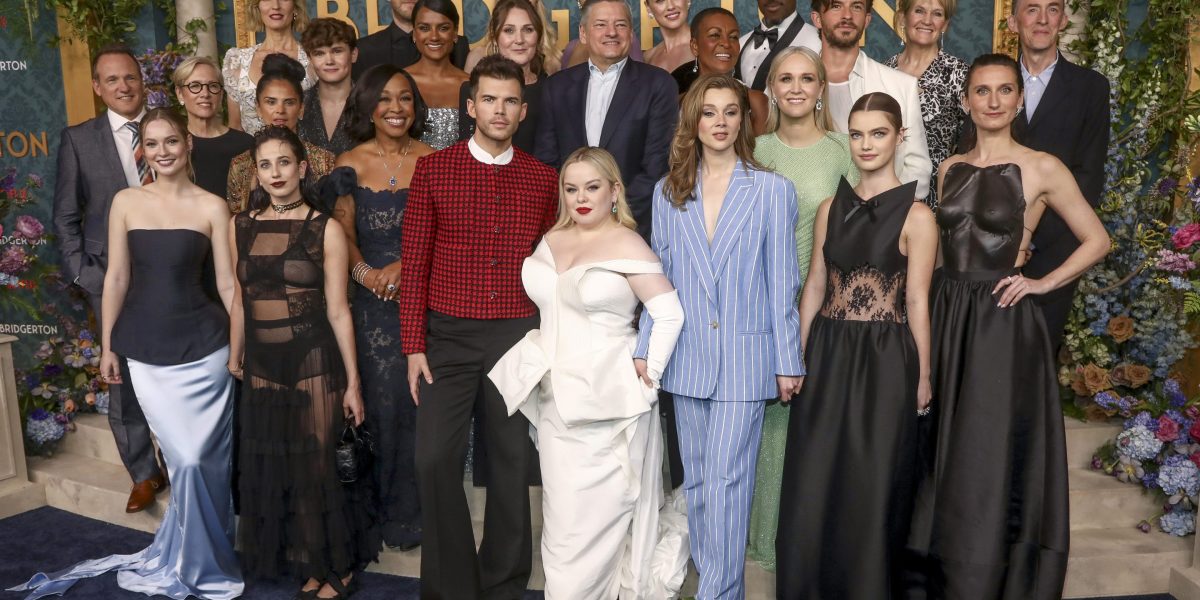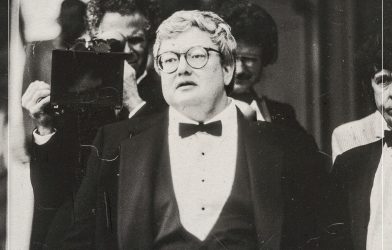Although its video streaming service sparkles with a Hollywood sheen, Netflix still taps its roots in Silicon Valley to stay a step ahead of traditional TV and movie studios.
The Los Gatos, California, company, based more than 300 miles away from Hollywood, frequently reaches into its technological toolbox without viewers even realizing it. It often just uses few subtle twists on the knobs of viewer recommendations to help keep its 270 million worldwide subscribers satisfied at a time when most of its streaming rivals are seeing waves of cancellations from inflation-weary subscribers.
Even when hit TV series like “The Crown” or “Bridgerton” have wide appeal, Netflix still tries to cater to the divergent tastes of its vast audience. One part of that recipe includes tailoring summaries and trailers about its smorgasbord of shows to fit the personal interests of each viewer.
So someone who likes romance might see a plot summary or video trailer for “The Crown” highlighting the relationship between Princess Diana and Charles, while another viewer more into political intrigue may be shown a clip of Queen Elizabeth in a meeting with Margaret Thatcher.
For an Oscar-nominated film like “Nyad,” a lover of action might see a trailer of the title character immersed in water during one of her epic swims, while a comedy fan might see a lighthearted scene featuring some amusing banter between the two stars, Annette Bening and Jodie Foster.
Netflix is able to pull off these variations through the deep understanding of viewing habits it gleans from crunching the data from subscribers’ histories with its service — including those of customers who signed up in the late 1990s when the company launched with a DVD-by-mail service that continued to operate until last September.
“It is a secret sauce for us, no doubt,” Eunice Kim, Netflix’s chief product officer, said while discussing the nuances of the ways Netflix tries to reel different viewers into watching different shows. “The North Star we have every day is keep people engaged, but also make sure they are incredibly satisfied with their viewing experiences.”
As part of that effort, Netflix is rolling out a redesign of the home page that greets subscribers when they are watching the streaming service on a TV screen. The changes are meant to package all the information that might appeal to a subscriber’s tastes in a more concise format to reduce the “gymnastics with their eyes,” said Patrick Flemming, Netflix’s senior director of member product.
What Netflix is doing with its previews may seem like a small thing, but it can make a huge difference, especially as people looking to save money start to winnow the number of streaming services they have.
Last year, video streaming services collectively suffered about 140 million account cancellations, a 35% increase from 2022 and nearly triple the volume in 2020, when the COVID-19 pandemic created a boom in demand for entertainment from people corralled at home, according to numberscompiled by the research firm Antenna.
Netflix doesn’t disclose its cancellation, or churn rate, but last year its streaming service gained 30 million subscribers — marking its second-biggest annual increase behind its own growth spurt during the 2020 pandemic lockdowns.
Part of last year’s subscription growth flowed from a crackdown on viewers who had been freeloading off Netflix subscribers who shared their account passwords. But the company is also benefiting from the technological know-how that helps it to keep funneling shows to customers who like them and make them think the service is worth the money, according to J. Christopher Hamilton, an assistant professor of television, radio and film at Syracuse University.
“What they have been doing is pretty ingenious and very, very strategic,” Hamilton said. “They are definitely ahead of the legacy media companies who are trying to do some of the same things but just don’t have the level of sophistication, experience nor the history of the data in their archives.”
Netflix’s nerdy heritage once was mocked by an entertainment industry that looked down at the company’s geekdom.
“It’s a little bit like, is the Albanian army going to take over the world?” former Time Warner CEO Jeff Bewkes said of Netflix during a 2010 interview after being asked about the threat Netflix posed at the time.
Not long after that put-down, Netflix began mining its viewing data to figure out how to produce a slate of original programming that would attract more subscribers — an ambitious expansion that forced Time Warner (now rolled into Warner Bros. Discovery) and other long-established entertainment companies such as Walt Disney Co. into a mad scramble to build their own streaming services.
Although those expansions initially attracted hordes of subscribers, they also resulted in massive losses that have resulted in management shakeups and drastic cutbacks, including the abrupt closure of a CNN streaming service.
What Netflix is doing with technology to retain subscribers to boost its fortunes — the company’s profit rose 20% to $5.4 billion last year — now is widening the divide with rival services still trying to stanch their losses.
Disney’s 4-year-old streaming service recently became profitable after an overhaul engineered by CEO Bob Iger, but he thinks more work will be required to catch up with Netflix.
“We need to be at their level in terms of technology capability,” Iger said at a conference earlier this year. “We’re now in the process of creating and developing all of that technology, and obviously the gold standard there is Netflix.”
Netflix isn’t going to help its rivals by divulging its secrets, but the slicing and dicing generally starts with getting a grasp on which viewers tend to gravitate to certain genres — the broad categories include action, adventure, anime, fantasy, drama, horror, comedy, romance and documentary — and then diving deeper from there.
In some instances, Netflix’s technology will even try to divine a viewer’s mood at any given time by analyzing what titles are being browsed or clicked on. In other instances, it’s relatively easy for the technology to figure out how to make a film or TV series as appealing as possible to specific viewers. If Netflix’s data shows a subscriber has watched a lot of Hindi productions, it would be almost a no-brainer to feature clips of Bollywood actress Alia Bhatt in a role she played in the U.S. film, “Heart of Stone” instead of the movie’s lead actress, Gal Gadot.
“We want to do a really good job putting the things that you prefer in front of you,” Kim said. “Part of that is the content recommendations themselves, but it’s also about how we present the content to you.”









